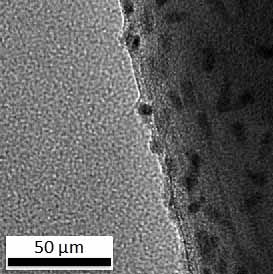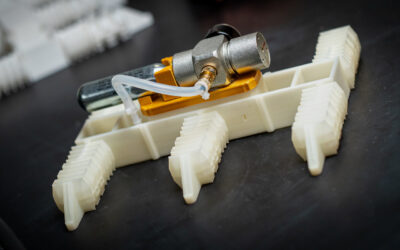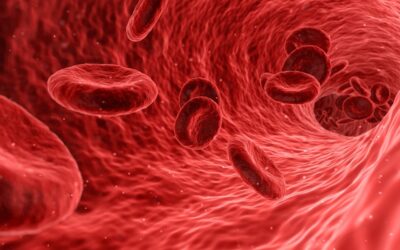 Gene therapy has become an increasing innovative technique to treat disease by the insertion of genes into individual’s cells and tissues. The challenge is to efficiently and safely deliver the therapeutic nucleic acid into the target cells and organs. Among the synthetic vectors recently developed, carbon nanotubes are an interesting choice as they have already demonstrated considerable promise as delivery systems due to their high aspect ratio and their capacity to translocate the cell membrane. The problem that arises is their limited solubilization and spontaneous aggregation in vivo.
Gene therapy has become an increasing innovative technique to treat disease by the insertion of genes into individual’s cells and tissues. The challenge is to efficiently and safely deliver the therapeutic nucleic acid into the target cells and organs. Among the synthetic vectors recently developed, carbon nanotubes are an interesting choice as they have already demonstrated considerable promise as delivery systems due to their high aspect ratio and their capacity to translocate the cell membrane. The problem that arises is their limited solubilization and spontaneous aggregation in vivo.
Aiming to engineer new carbon nanotube-based designs for the formation of complexes able to transfect DNA/RNA to cells with a good track of biocompatibility and cell viability, a Spanish research team have optimized the covalent functionalization of carbon nanotubes by plasma techniques. Two strategies have been assessed in work by employing two different monomers. One of them allows the creation of highly reactive layers with a high degree of specificity, enabling the covalent immobilization of suitable chemical groups like thiol-reactive moieties for covalent conjugation with end-modified nucleic acids via a cleavable disulfide bond. Alternatively, the deposition of polymer with amine-bearing moieties will lead to a positively charged polymer film able to associate with DNA and RNA through electrostatic interaction.

















